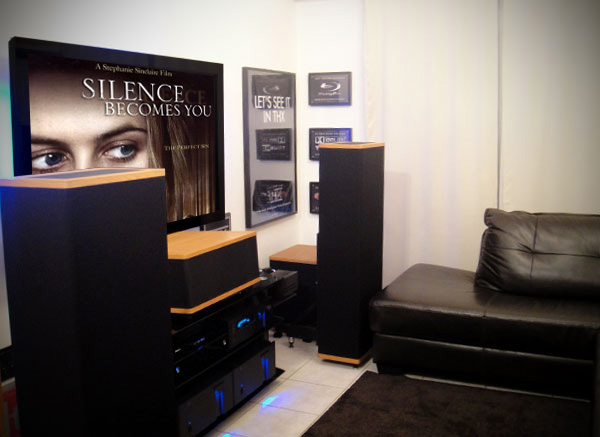
All newer Admesy colourimeters are ColourSpace Integrated.
- ColourSpace INF/XPT/PRO & HTX/HTP & DPS
- Hyperion Series
- PCM2 Series
- Prometheus Series
ColourSpace Integration
As with all probes, operation and function is controlled via the Probe Options menu, accessed via the Profiling window, with the left-hand side of the menu providing generic probes settings, and the right-hand side settings specific to the Admesy colourimeters.

Admesy Colourimeter Settings
The Settings options provide specific Admesy configurations, and will show the model series name of the connected probe.
Full details for all options can be found within Admesy's own documentation.
Note: ColourSpace does not use Flicker, Response Time, etc. modes, are they are not valid for display calibration.
Integration Time
Integration Time sets the time taken for any given single measurement, in micro-seconds.
The default setting is as shown, although different values will likely be required depending on the display being profiled, with longer values generating more accurate and stable readings.
Gain
The drop-down sets the probe sensitivity, with Low(1) being most sensitive.
(Using sensitive gain value may cause clipping with hight brightness values.)
Note: Both the above settings will be defined automatically when Auto Range is Enabled.
SWB Cal. Matrix
The drop-down menu provides access to any pre-set matrices held within the Admesy probe.
Note: Internal probe matrices or matching should not be relied on for calibration accuracy - the use of Probe Matching to a Spectro is always recommended, using ColourSpace's unique FCVM or MPVM probe matching.
Auto Range Parameters
Manually setting Integration Time and Gain values can be complex and unreliable. The Auto Range function should be used to define optimum settings during measurement, and can be fine-tuned for better stability levels by manually setting the available Auto Range Parameters.
It is recommended to Enable the Auto Range function
Additional Settings
Additional settings settings available with supported probes.
Intelligent Integration
Intelligent Integration sets the nits level under which Intelligent Integration will be used.
This provides the best possible low-light measurements, without impacting reading speeds at luma levels above the set value, so maintaining overall speed of profiling.
Average Low Light
Average Low Light is a probe generic option, that averages multiple readings in low-light situations using an advanced algorithm built into ColourSpace. The algorithm varies based on the probe in use to provide the best possible results.
Average Low Light should not need to be used when Intelligent Integration is active.
Probe Adjustments
Probe Adjustments are generic probes settings, with consistent operation regardless of the probe in use.
Configure Matching
Probe Matching is used to match a Tristimulus to a Spectrometer, increasing the profile accuracy.
There are three different methods available for probe matching - ColourSpace's unique 4 Colour Volumetric Matching (FCVM), and Multi-point Volumetric Matching (MPVM), with the option to force the use of the traditional simple matrix method (FCMM).
Offset
Probe Offset enables a user to manually enter offset values for different probes/display combinations.
Perceptual Colour Match is a preferable approach.
Extra Delay
Extra Delay sets a delay time after the patch has changed before probe measurement starts, and can be set automatically via the Auto button, and manages signal path delays in the image pipeline.
Note: Some probe/settings/display combinations will not work accurately with the Auto function




